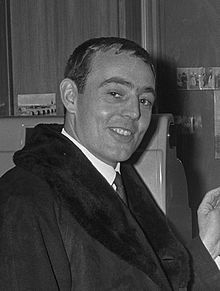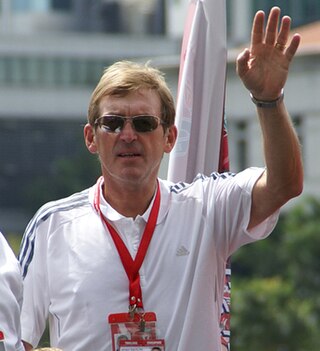
Sir Kenneth Mathieson Dalglish is a Scottish former football player and manager. He is regarded as one of the greatest players of all time as well as one of Celtic's, Liverpool's and Britain's greatest ever players. During his career, he made 338 appearances for Celtic and 515 for Liverpool, playing as a forward, and earned a record 102 caps for the Scotland national team, scoring 30 goals, also a joint record. Dalglish won the Ballon d'Or Silver Award in 1983, the PFA Players' Player of the Year in 1983, and the FWA Footballer of the Year in 1979 and 1983. In 2009, FourFourTwo magazine named Dalglish the greatest striker in post-war British football, and he has been inducted into both the Scottish and English Football Halls of Fame. He is very highly regarded by Liverpool fans, who still affectionately refer to him as King Kenny, and in 2006 voted him top of the fans' poll "100 Players Who Shook the Kop".

James Peter Greaves was an English professional footballer who played as a forward. Regarded as one of the greatest strikers of all time and one of England's best ever players, he is England's fifth-highest international goalscorer with 44 goals, which includes an English record of six hat-tricks, and is Tottenham Hotspur's second-highest all-time top goalscorer. Greaves is the highest goalscorer in the history of English top-flight football with 357 goals. He finished as the First Division's top scorer in six seasons, more times than any other player and came third in the 1963 Ballon d'Or rankings. He is also a member of the English Football Hall of Fame.
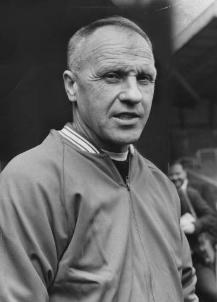
William Shankly was a Scottish football player and manager who is best known for his time as manager of Liverpool. Shankly brought success to Liverpool, gaining promotion to the First Division and winning three League Championships and the UEFA Cup. He laid foundations on which his successors Bob Paisley and Joe Fagan were able to build by winning seven league titles and four European Cups in the ten seasons after Shankly retired in 1974. A charismatic, iconic figure at the club, his oratory stirred the emotions of the fanbase. In 2019, 60 years after Shankly arrived at Liverpool, Tony Evans of The Independent wrote, "Shankly created the idea of Liverpool, transforming the football club by emphasising the importance of the Kop and making supporters feel like participants".

Roger Hunt was an English professional footballer who played as a forward.
Peter Barr Cormack was a Scottish professional football player and manager. His greatest success was with Liverpool in the early 1970s, for whom he played 178 times, winning two league championships, one FA Cup and two UEFA Cup medals.

Ronald Yeats was a Scottish footballer.
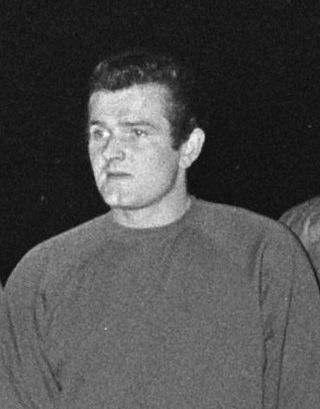
Thomas Johnstone Lawrence was a Scottish professional footballer who played as a goalkeeper for Liverpool and Tranmere Rovers from the 1950s to the 1970s. Lawrence was with Liverpool for 14 years, making more than 300 league appearances, and he played in three full internationals for Scotland during the 1960s.
Laurence Valentine Lloyd was an English professional football player and coach.
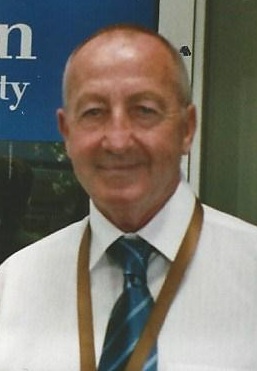
Gerald Byrne was an English footballer who spent his entire playing career at Liverpool. He was a member of England's 1966 World Cup winning squad though only received a winner's medal some years later.

William Beveridge Liddell was a Scottish footballer who played his entire professional career with Liverpool. He signed with the club as a teenager in 1938 and retired in 1961, having scored 228 goals in 534 appearances. He was Liverpool's leading goalscorer in the league in eight out of nine seasons from 1949–50 to 1957–58, and surpassed Elisha Scott's club record for most league appearances in 1957.
Robert Fleming Blyth Shankly was a Scottish professional football player and manager. He was an elder brother of Bill Shankly, the former Liverpool manager.
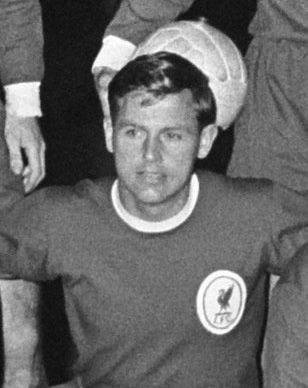
Gordon Milne is an English former football player and manager.

William Stevenson is a Scottish former professional football player and manager. He played for Rangers, Liverpool, Stoke City, Tranmere Rovers and the Vancouver Whitecaps.
Bobby Graham is a Scottish retired professional footballer who played for Liverpool during the 1960s.
Reuben Bennett was a Scottish professional football player and manager who played as a goalkeeper for Hull City, Queen of the South, Dundee and Elgin City. He was then manager of Ayr United and a founding member of the Boot Room coaching staff at Liverpool.
Gerard Austin Baker was an American soccer player. From 1955 until 1970, he played 16 seasons in either the Scottish or English first division. He earned seven caps with the US national team in 1968 and 1969, scoring two goals. His younger brother was the footballer Joe Baker.
William Hunter was a Scottish football player and manager. Hunter spent most of his playing career with Motherwell, although he also played for Detroit Cougars, Hibernian, Hellenic and Cape Town City. Hunter also represented both Scotland and the Scottish League. After retiring as a player, Hunter was manager at Queen of the South and Inverness Caledonian.
Saint and Greavsie was a British television show in which former footballers Ian St John and Jimmy Greaves discussed current football themes such as the day's matches. It ran on ITV from 1985 to 1992.
Patrick Quinn was a Scottish football player and manager.

The history of Liverpool Football Club from 1959 to 1985 covers the period from the appointment of Bill Shankly as manager of the then-Second Division club, to the Heysel Stadium disaster and its aftermath.
